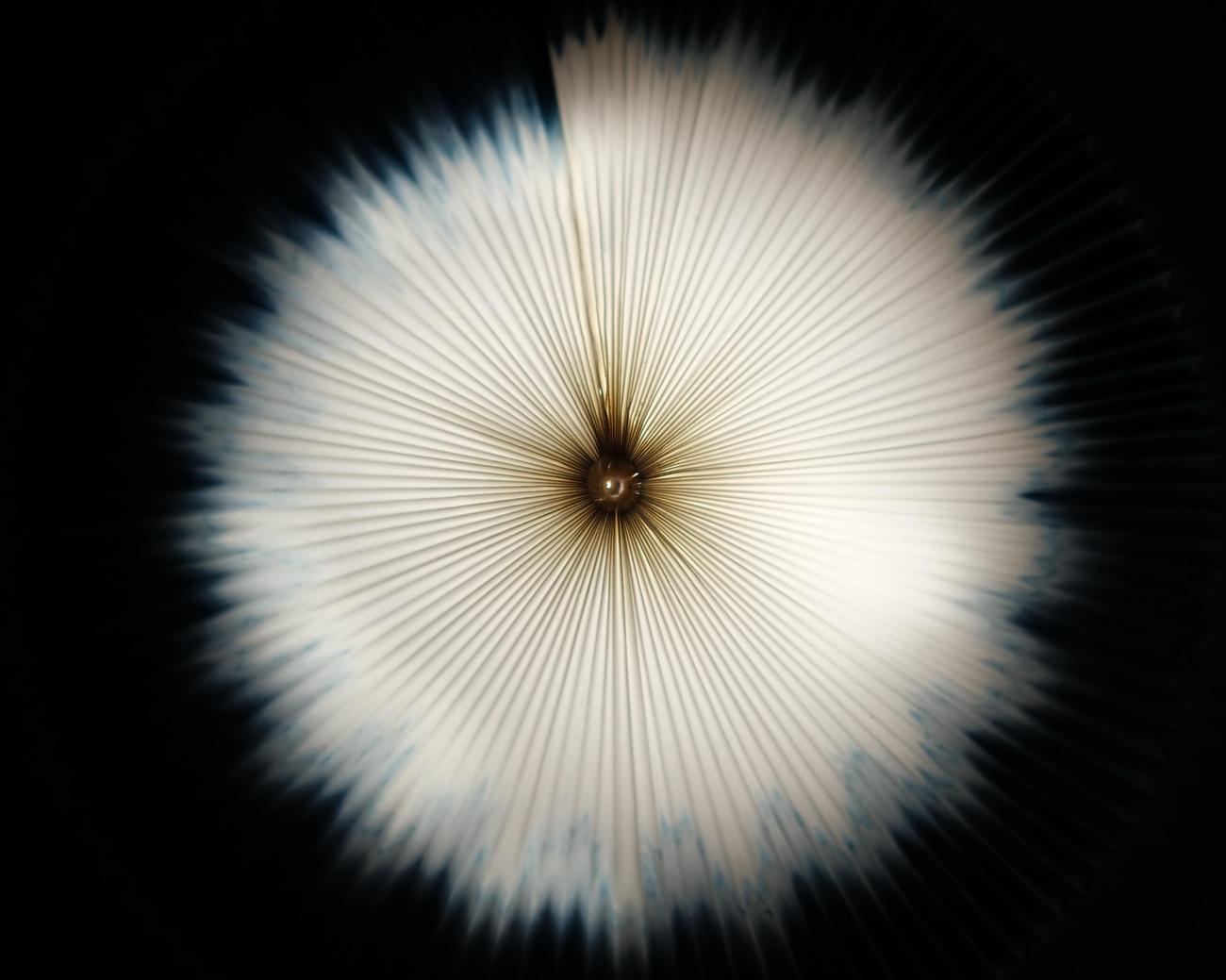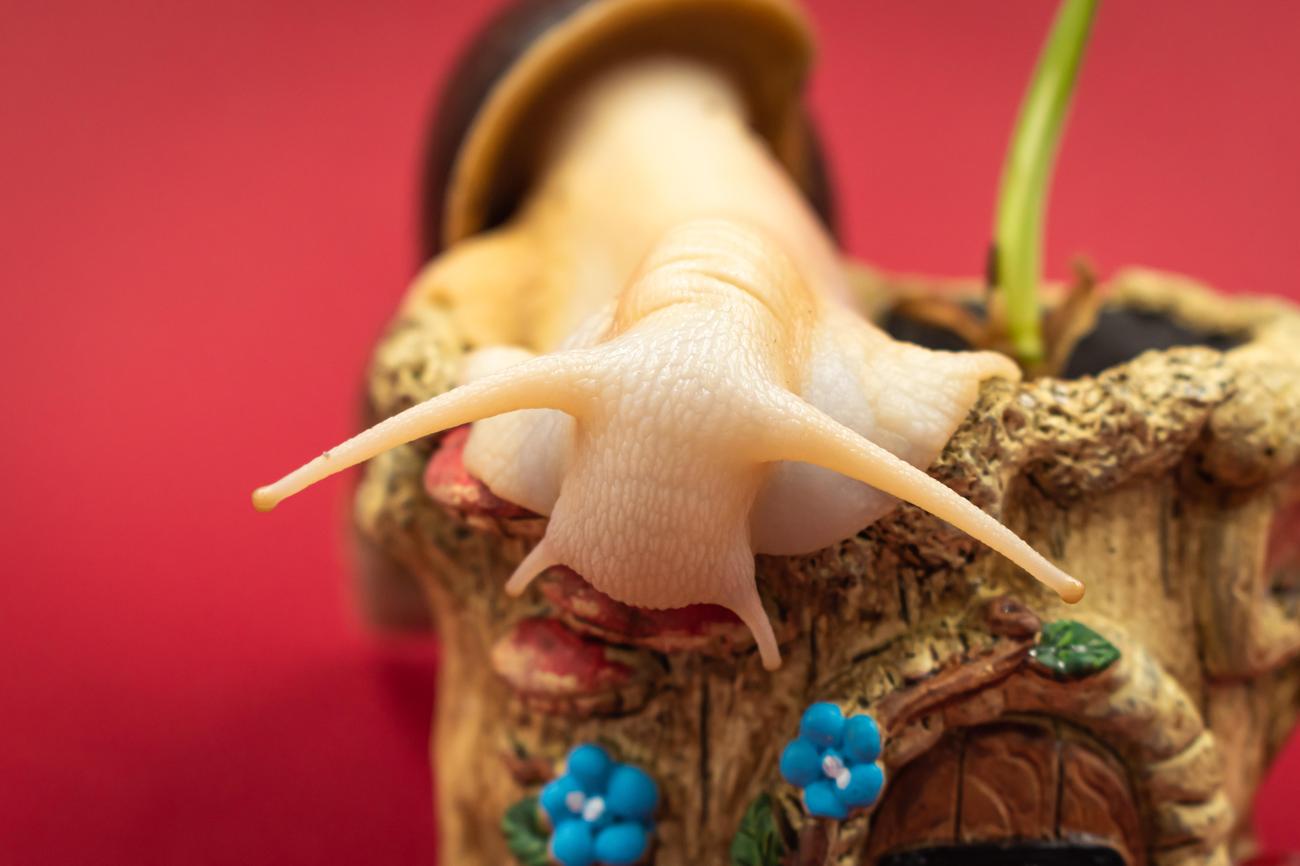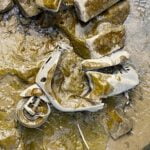Are you ready to get a little messy and dive into the fascinating world of slime? If you’re a science enthusiast with a passion for hands-on experimentation, you’re in for a treat! In this article, we will be exploring the science behind slime and uncovering some exciting experiments that are perfect for science fairs. From understanding the properties of polymers to creating your own unique slime concoctions, get ready to stretch your scientific knowledge and have a blast along the way. Let’s delve into the fascinating world of slime experiments for science fairs!

Slime Experiments for Science Fair
Slime. It’s not just a gooey, sticky substance that kids love to play with. It’s a fascinating science that involves chemistry and the study of states of matter. So, why not harness the power of slime to create engaging and educational experiments for your science fair project? In this article, we’ll explore how slime can be used to learn and explore different scientific concepts, all while having fun along the way.
The Science Behind Slime
Slime is not only fun to create and play with, but it also provides an excellent opportunity to dive into the world of science. From learning about chemical reactions to understanding the properties of polymers, slime experiments can be a valuable tool for teaching and learning. By creating slime, students can explore concepts such as viscosity, elasticity, and the effects of different ingredients on slime’s texture and consistency.
“Slime is not just a toy; it’s a hands-on way to explore scientific concepts.”
Engaging Experiments for Science Fairs
Ready to get your hands slimy? Here are some exciting experiments that you can try for your science fair project:
1. The Slime Stretch Test
💡 What to Explore: The elasticity of slime
📋 Materials Needed:
– Slime (homemade or store-bought)
– Ruler
– Stopwatch
🔬 Procedure:
1. Start by creating your slime using a tried-and-true recipe or store-bought slime.
2. Take a piece of slime and measure its length using a ruler.
3. Place one end of the slime on a table or surface and gently pull the other end downwards.
4. Use the stopwatch to time how long it takes for the slime to stretch and break.
5. Record your observations, including the length of the slime and the time it took to break.
💡 Pro Tip: “Try using different slime recipes or adding various ingredients to see how they affect the stretchiness of the slime.”
2. Slime and Magnetism
💡 What to Explore: The interaction between slime and magnets
📋 Materials Needed:
– Slime (homemade or store-bought)
– Small magnets (e.g., fridge magnets)
– Tray or surface
🔬 Procedure:
1. Start by creating or obtaining your slimy substance.
2. Flatten the slime onto a tray or surface.
3. Place a magnet on top of the slime and observe what happens.
4. Experiment with different strengths and types of magnets.
5. Record your observations and note any differences in how the slime reacts.
💡 Quote: “Discover the mysterious way slime can interact with magnets and learn about the underlying principles of magnetism.”
Safety Precautions
While slime experiments are a blast, it’s crucial to prioritize safety. Here are some safety precautions to keep in mind:
- Always wash your hands before and after handling slime.
- Avoid ingestion of slime and ensure it doesn’t come into contact with eyes or open wounds.
- Be mindful of any allergies to the ingredients used in slime recipes.
- If using borax or other potentially hazardous substances, follow proper safety guidelines and use them under adult supervision.
“Safety should always be a top priority when conducting slime experiments.”
The Exciting World of Slime Circuits
Ready to take your slime experiments to the next level? You can delve into the realm of circuits by incorporating slime! By adding conductive materials like graphite powder or copper wire, you can create a conductive slime that completes an electrical circuit. This opens up a world of possibilities for exploring concepts like electricity, conductivity, and resistance.
“Unleash your creativity and build circuits in a whole new sticky way!”
Time to Get Slimy and STEM-sational!
Slime experiments are a fantastic way to engage with STEM concepts in a hands-on and exciting manner. By exploring the science behind slime, conducting experiments, and pushing the boundaries of what slime can do, you’ll create a standout science fair project that will leave your classmates and judges in awe.
So, grab your ingredients, put on your lab coat (or apron), and let the slime adventures begin!
“With slime experiments, science fairs become an interactive and captivating experience!”
In the realm of science fair projects, nothing captures the attention quite like the gooey, fascinating world of slime. If you’re in need of some mind-blowing slime facts to amp up your project, look no further. Explore the wonders of slime and uncover its secrets for a truly unforgettable science fair experience. Dive into the realm of slimy wonders here: Slime Facts For Science Fair.

FAQ
Question 1: What is the science behind slime experiments?
Answer 1: Slime experiments involve the science of chemistry and the study of states of matter. By mixing different ingredients, we can create slimy substances with unique properties. These experiments help us understand concepts such as polymers, viscosity, and the behavior of different materials.
Question 2: Can slime be used for science fair projects and experiments?
Answer 2: Absolutely! Slime is a versatile material that can be used for various science fair projects and experiments. Its properties can be manipulated to explore different scientific concepts and principles.
Question 3: Are there any easy slime recipes available for experimentation?
Answer 3: Yes, there are plenty of easy slime recipes available that you can use for your experiments. These recipes usually involve common household ingredients such as glue, borax, or contact lens solution. They provide a great starting point for your slime-making adventures.
Question 4: What safety precautions should be taken when working with slime?
Answer 4: Safety is always important when experimenting with slime. It is recommended to wear gloves and protective eyewear to prevent any potential irritation or allergic reactions. Additionally, make sure to handle the ingredients carefully and avoid ingesting or getting them in contact with eyes or mouth.
Question 5: How can slime be used to explore different scientific concepts?
Answer 5: Slime can be a fantastic tool for exploring various scientific concepts. For example, you can use slime to create circuits and learn about conductivity and electricity. Adding magnetic materials to slime can help understand the principles of magnetism. The possibilities are endless, and you can get creative with your slime experiments to explore different STEM concepts.
- Georgia Platform: A Southern Strategy, 1850s - March 31, 2025
- How many weeks is 40 days: Quick Conversion Guide for Accurate Results - March 31, 2025
- How many feet is 300 meters? 984 Feet: Understand Length Conversions Easily - March 31, 2025
















